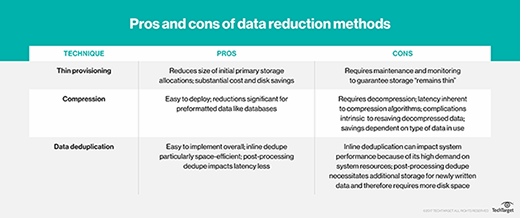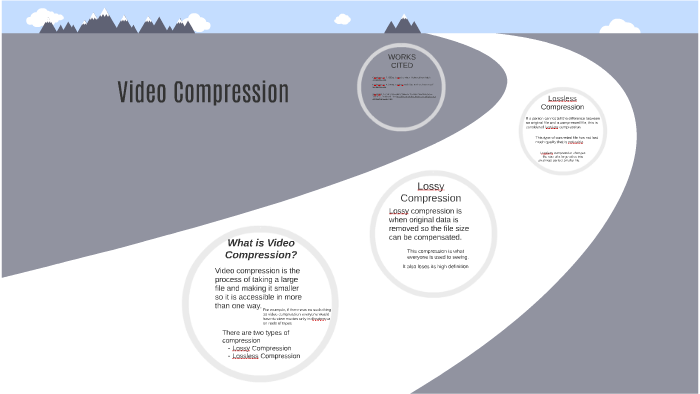

Understanding the length and width is easy, but the Pixels Per Inch is where things start to get a bit confusing. What that means is the image is 640 pixels wide, by 480 pixels high with 72 Pixels Per Inch. So you will see that expressed as something like 640 x 480 x 72 PPI Image dimensions are shown as width and height of the image at a specific resolution. Image File Size - the actual size of the image file stored in the cloud or on disk Image Dimensions - the height and width of the image And to add to the confusion, we deal with two different types of sizes Let’s visit the biggest problem we have with images before talking more about jpegs and pngs. Sometimes you will run into a third type of file - SVG or EPS which is a vector image and handles those pesky pixels a bit differently, and we’ll get into that after we go deeper into jpgs and pngs. Most of the websites like Unsplash and Pixabay where we get our images use jpg or png.

This is where we get into such massive differences between image file sizes. Each image type handles these little dots a little bit differently than other image types. So you can take a transparent background ping object and put it on the nontransparent jpg and the background will show through the invisible bits of the ping, making it appear as a part of the total image.īut all images no matter what file type they may be, are made up of little dots of color called pixels. Pings can turn a range of color, like a background for example, transparent. They can also handle more simple color combos like what you might find in an Infographic equally well. Jpegs are great for handling complex color combinations, like photographs. jpg file extension and PING’s which have a. The two main types of image files we use for most of our work, including blog postings are JPEGs, which have a. There are several file types for images and each one is different from the others and has a “best use” for its file type.
#TWO TYPES OF IMAGE COMPRESSION HOW TO#
Most of these things can be easily avoided and we’ll take a look at exactly how to make the most of your images in this series. And if just 1% of those likes or followers convert to a paying customer, that image can be worth some serious dollars!īut there are many things that can take away the impact an image can have. If, as the old saying goes, a picture is worth 1000 words, then an online image should be worth 1000 likes or followers.


 0 kommentar(er)
0 kommentar(er)
